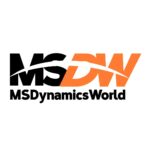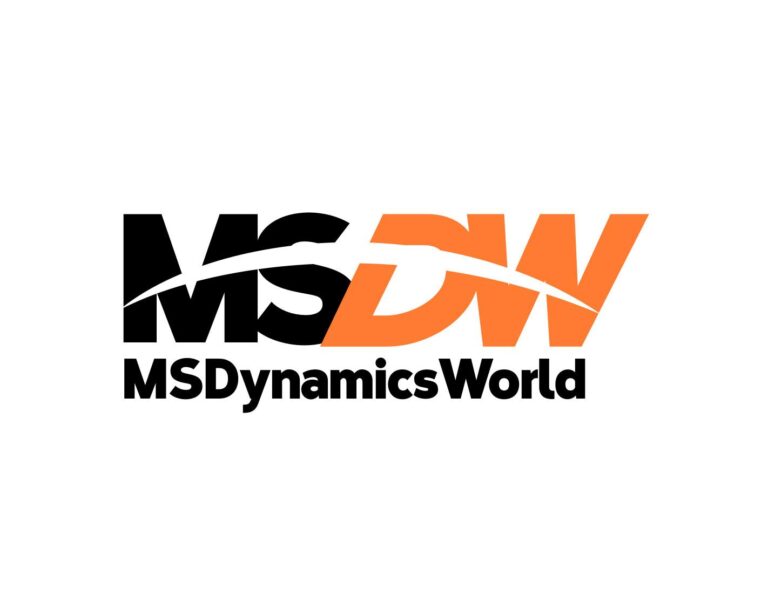First things first: How are you doing? Are you taking care of yourself and drinking enough water? Before we dive in, we want to acknowledge the moment. If you run a business or you’re at the helm of decision-making for commerce, we see you. As tariffs loom large and create a cloud of uncertainty, we recognize that it’s a challenging environment for businesses and consumers alike. But we’re here to remind you that markets have faced adversity before — and they always find a way to bounce back. You (and your business) are resilient.
At a time when so much of your business is outside your control, commerce leaders still have a few cards up their sleeve to help cut operational costs, protect profit margins, and reduce the impact of tariffs. During a tumultuous time, here’s how to use your ecommerce capabilities to safeguard your bottom line. We offer general, high-level advice that can be implemented regardless of the ecommerce platform you use, as well as actionable, in-app steps for businesses that use Salesforce products.
1. Review and adjust your pricing strategies
To navigate the impact of tariffs, you need a strategic, data-driven approach to pricing. Start by analyzing product-level performance to identify where you have room to adjust — high-margin or inelastic items are often safe bets for moderate increases, while price-sensitive or commoditized products may require more cautious handling. Consider bundling tariff-affected items with unaffected ones to maintain perceived value, or offering tiered pricing where loyal or high-volume customers see smaller increases. Use loyalty program data to identify your most valuable customers and personalize offers accordingly — the right promotion at the right time (like a limited-time discount or exclusive bundle) can help soften the blow of price changes and reinforce customer trust.
You can also test changes through A/B experiments on digital channels to help refine your strategy with smaller customer segments before rolling it out more broadly. And don’t underestimate the power of transparency — customers appreciate knowing why prices are shifting. Just as importantly, share where you’re intentionally holding prices steady to protect their wallets and deliver value where it matters most. That kind of honesty doesn’t just build trust — it builds long-term loyalty.
🛒 How to do this with Salesforce:
- Dynamic pricing and product bundling can help immensely as tariff situations fluctuate. Leverage Commerce Cloud’s rules-based pricing and bundling capabilities to adjust prices intelligently across SKUs — raising prices where elasticity allows and bundling where value perception can be enhanced. Easy to test, measure, and deploy across channels.
- During times of uncertainty, A/B tests are a valuable tool. Test different promotions, messaging, and pricing to determine which resonate most with different customer segments. This also allows you to determine the best strategies before you roll new prices out in stores where the impact may be larger.
- Combine product, margin, and customer data in Data Cloud, then visualize insights with Tableau to identify where tariffs hit hardest. This enables strategic, non-blunt pricing decisions and ensures you’re not making margin-eroding guesses. You can also implement margin-aware boosting: Create a search‑ranking rule that prioritizes gross‑margin contribution — and not just relevance — so higher‑margin products are shown first in results lists.
2. Negotiate with suppliers and diversify distributors
For most retailers, navigating tariff pressures isn’t new — conversations with sourcing, merchandising, and supply chain teams have likely been underway for months. But as trade dynamics continue to evolve, now is the time to move from short-term mitigation to long-term resilience.
It’s time to double down on supplier partnerships that offer flexibility, transparency, and shared incentives — whether through volume-based discounts, extended terms, or co-investments in efficiency. Consider accelerating test-and-learn sourcing pilots in lower-risk regions, particularly for categories most vulnerable to tariff volatility. Many retailers are also revisiting supplier segmentation strategies, assessing not just cost but also geopolitical exposure, lead time, and ease of substitution. The goal isn’t to overhaul your sourcing model overnight — it’s to build optionality into the system so you can respond quickly if and when conditions change. This next chapter isn’t about reacting harder — it’s about planning smarter.
🛒 How to do this with Salesforce:
- With Commerce Cloud, you can enable agile merchandising around sourcing realities as they change. Use real-time supply insights to dynamically adjust which products are promoted, bundled, or featured — keeping margin and availability front and center.
- Create a custom dashboard to determine supplier risk in real-time using Data Cloud and Tableau. This allows you to centralize and visualize supplier performance, exposure, and cost trends to support more strategic negotiations and smarter diversification decisions.
- Utilize collaboration tools like Slack to increase coordination and visibility between cross-functional teams like suppliers, merchandisers, marketers, and store associates. This ensures decisions are made in harmony. For example, you won’t run the risk of a scenario where supply chain holds off on importing goods that impacts a marketing campaign launch.
3. Enhance supply chain visibility
Business leaders understand that visibility isn’t just about tracking inventory or shipments — it’s about delivering on the promise you make to your customers. Whether that promise is delivery date, a product in stock, or a consistent brand experience, keeping it requires a deep understanding of the full product lifecycle.
It’s crucial to know where your goods originate, how tariffs and regional costs impact them, and where risk could compromise availability or fulfillment. To stay ahead, businesses need to dynamically monitor inventory turnover, holding costs, and lead times — then act quickly to adjust safety stock, rebalance inventory, or negotiate smarter reorder terms. It’s not enough to know what’s happening in your supply chain — you need the operational muscle to respond in real time, so issues are resolved before they ever reach the customer. In today’s environment, this responsiveness is what earns loyalty.
🛒 How to do this with Salesforce:
- Use predictive inventory intelligence insight to mitigate disruptions and reroute inventory to avoid impacted regions.
- Set up Sourcing Rules to prioritize warehouses or suppliers in regions where tariff rates are more favorable.
- Set up automated alerts to notify you of critical supply chain events, such as delays, inventory shortages, or changes in tariff regulations. This ensures you can respond quickly to mitigate any potential issues.
4. Optimize fulfillment without compromising the customer experience
As fuel prices climb and tariffs squeeze margins, fulfillment optimization has become more than a cost-saver — it’s a competitive advantage. Many businesses have already streamlined basic operations, but there’s now an opportunity to go deeper.
Identify inefficiencies not just in packaging or shipping, but in how orders are routed, which facilities are prioritized, and how fulfillment choices affect the customer experience. Small improvements like right-sizing packaging, reducing split shipments, or shifting from air to sea freight where lead time allows, can unlock significant savings. You should also consider reevaluating your node strategy: Where are you fulfilling from, and is it the most efficient path to the customer? In some cases, working with 3PLs or adding regional distribution partners can improve both flexibility and cost. The goal is simple: Optimize workflows so that fulfillment supports your bottom line without affecting your customer experience.
🛒 How to do this with Salesforce:
- Use route optimization tools to plan efficient shipping routes, reducing transit times and costs. This can help offset rising transportation expenses.
- Create custom reports and dashboards to monitor key fulfillment metrics, such as order processing times, shipping costs, and inventory turnover. Use these insights to identify the most impactful areas for improvement.
- Equip service agents with real-time visibility into order status, delays, and alternate fulfillment options. Offer customers options for lower-cost or delayed shipping in exchange for perks like loyalty points, or discounts.
5. Double down on customer retention and loyalty
In a cost-constrained environment, your most valuable asset isn’t your product — it’s your existing customer base. Retaining loyal customers is far more efficient than acquiring new ones. During periods of margin compression (like those driven by tariffs), customer retention becomes an essential strategy.
But retention isn’t just about having a loyalty program — it’s about actively using your data to build deeper connections. Segment your customers based on purchase frequency, lifetime value, and price sensitivity. High-value, brand-loyal customers may be more accepting of price increases, especially if they receive early access, personalized perks, or rewards that reinforce the relationship. Consider exclusive offers, targeted re-engagement journeys, and meaningful incentives to keep them close. In uncertain times, customer loyalty isn’t a given, it’s earned through proactive engagement, transparent communication, and a deep understanding of what they value most.
🛒 How to do this with Salesforce:
- Set up automated Discount Logic for tariff-impacted products, where you can offer targeted discounts or incentives to maintain sales volume without eroding margins.
- Use loyalty tiers and behavior data to personalize outreach — rewarding your best customers with tailored incentives, exclusive benefits, or early access to new products.
- Leverage AI to flag customers showing early signs of disengagement, then trigger personalized reactivation journeys before it’s too late.
It’s about resilience, not quick fixes
Business leaders know that long-term success depends on more than riding out volatility — it requires rethinking how pricing, sourcing, fulfillment, and customer relationships work together. Technology alone won’t solve it, but when paired with smart strategy, it can accelerate execution, increase agility, and help teams focus on what matters most: Delivering value to customers.
Looking to explore how others in retail are adapting? We’d love to share best practices and benchmark what’s working.
Does your commerce platform enable agility or slow you down?
The right tools will help you thrive in times of stability and uncertainty.













